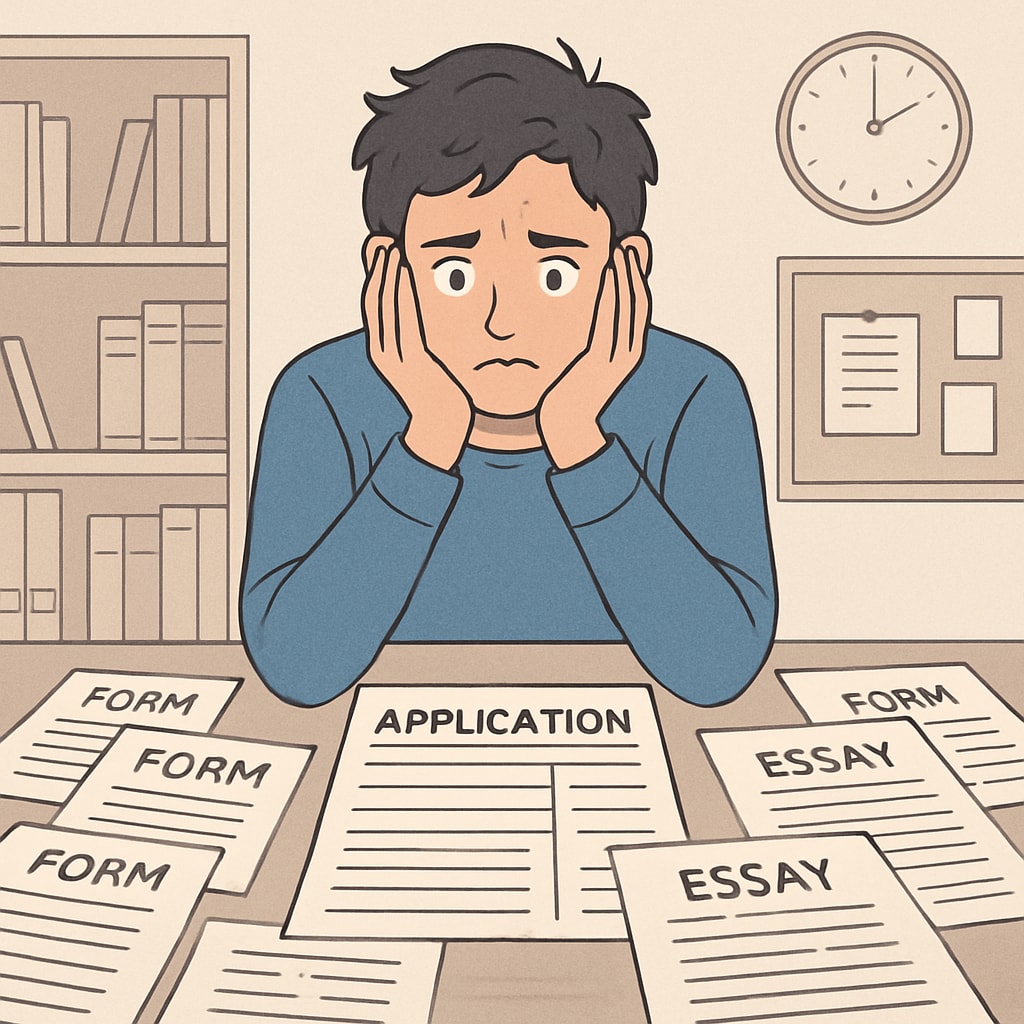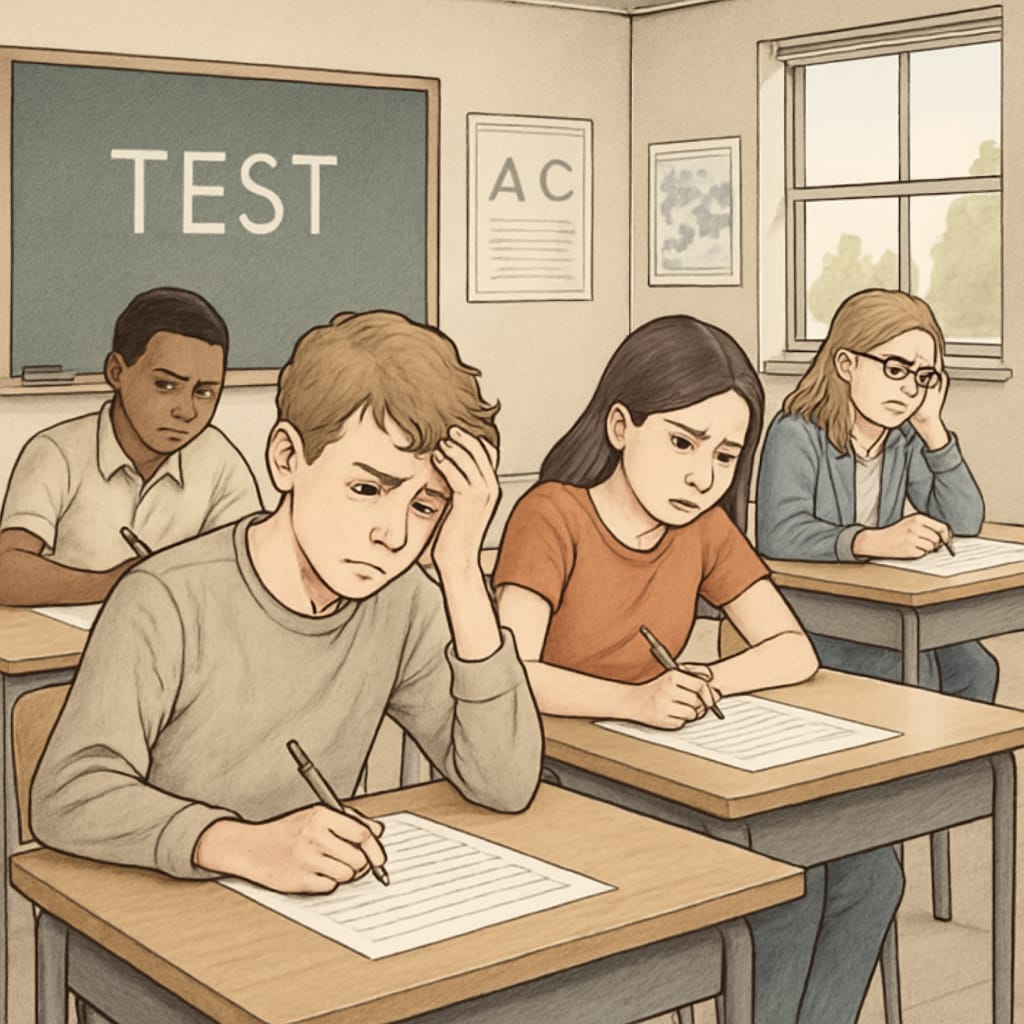The university application system, once a straightforward process, has evolved into a labyrinth of complexity that leaves students, parents, and educators struggling to navigate its numerous obstacles. From convoluted forms to contradictory standardized testing requirements, this system has transformed the endpoint of K12 education into an absurd game that prioritizes compliance over genuine learning. As a result, the process often feels more like a hurdle race than an opportunity to assess students’ true potential and aspirations.
The Overcomplication of University Applications
One of the most glaring issues with the university application system is its sheer complexity. Students are required to complete multiple application forms, each with its own format, deadlines, and specific requirements. For example, in the United States, platforms like the Common App have tried to standardize the process but often fall short due to the supplemental essays and unique demands of individual colleges.
This overcomplication is further exacerbated by the overwhelming amount of information students need to provide. From listing extracurricular activities and crafting personal statements to securing recommendation letters and transcripts, every step demands meticulous attention to detail. It’s no wonder that many students and parents turn to expensive consultants and coaching services to decode the system’s intricacies.

Lack of Transparency Adds to the Chaos
Another major flaw in the university application process is its lack of transparency. Admission criteria are often shrouded in mystery, leaving applicants guessing about what truly matters. Is it GPA? Standardized test scores? Extracurricular achievements? While colleges claim to take a “holistic” approach, the specifics of their evaluation processes are rarely disclosed.
This opacity creates significant anxiety for students who feel the need to excel in every possible area to increase their chances of acceptance. It also disadvantages applicants from underprivileged backgrounds who may not have access to the resources needed to meet these ambiguous standards. As a result, the system disproportionately favors those who can afford to invest in extra tutoring, test preparation, and application support.
The Contradictions of Standardized Testing
Standardized tests like the SAT and ACT have long been central to the university application process, but their relevance is increasingly questioned. Critics argue that these exams fail to measure a student’s true abilities and instead reflect socioeconomic factors, such as access to test preparation services.
In recent years, many universities have adopted test-optional policies, citing concerns over equity and fairness. However, this shift has introduced new challenges. Without standardized scores, colleges often place even greater emphasis on subjective elements like personal essays and extracurriculars, further complicating the application process and increasing competition among students.

The Impact on Students, Parents, and Educators
The complexity and lack of transparency in the university application system have far-reaching consequences for all parties involved:
- Students: Many students face burnout and anxiety due to the high stakes and overwhelming demands of the application process. Instead of focusing on learning and growth, they spend their final years of high school strategizing how to present themselves as ideal candidates.
- Parents: Parents often feel pressured to invest significant time and money into helping their children succeed, whether through hiring consultants or paying for extracurricular activities that “look good” on applications.
- Educators: Teachers and school counselors are tasked with writing recommendation letters and providing guidance, often on top of their already demanding workloads. They may also feel conflicted about encouraging students to pursue higher education when the application process is so flawed.
Rethinking the System: Toward Simplification and Transparency
It’s clear that the university application system needs reform. Simplifying the process, increasing transparency, and reevaluating the role of standardized tests could create a fairer, more equitable system. Here are some potential solutions:
- Streamlined Applications: Universities could adopt standardized forms and eliminate unnecessary supplemental requirements.
- Transparent Criteria: Colleges should clearly outline the factors they prioritize in admissions decisions, reducing uncertainty for applicants.
- Alternative Assessments: Instead of relying solely on standardized tests, universities could explore assessments that better capture students’ abilities and potential.
By addressing these issues, the university application system could shift from being an absurd obstacle course to a meaningful opportunity for students to showcase their strengths and aspirations.
As a result, the education system would better serve its purpose: empowering students to pursue their goals without unnecessary barriers.


